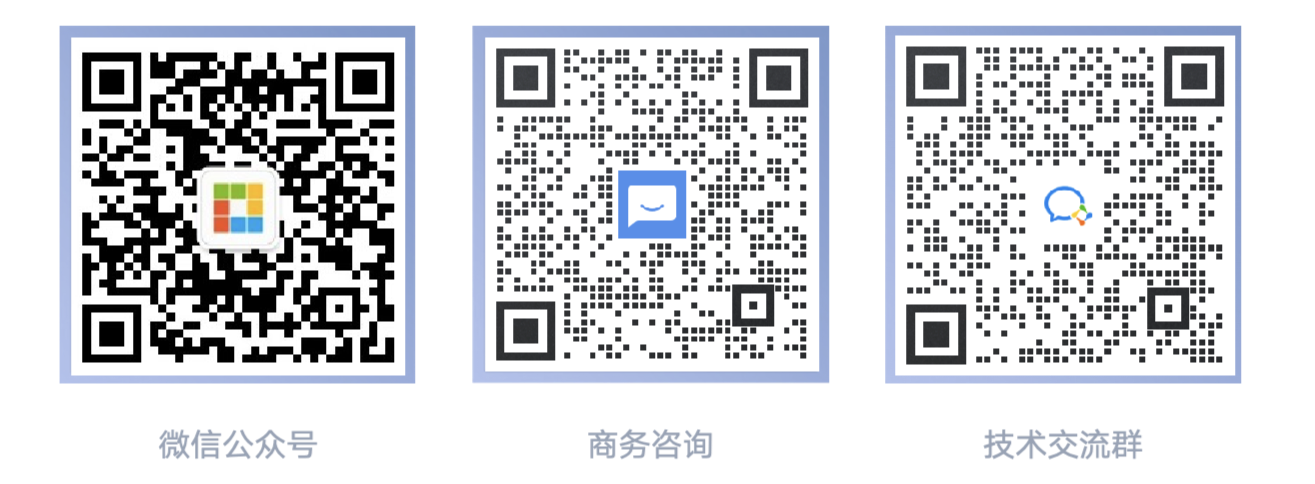What is a Steedos Application?
Within the Steedos platform, an Application is a software solution that supports specific business processes by integrating related functions and datasets. Applications can range from simple customer management tools to complex business management systems, providing customized user interfaces, database models, business logic, and integration services to meet the specific needs of a business.
Steedos applications consist of a set of components that work together, including but not limited to:
- Objects: Custom data models used to store business data.
- Tabs: Provide quick access to objects and features.
- Page Layouts: Define the visual organization of data records.
- Reports and Dashboards: Display business analytics and insights.
- Processes: Automated workflows and business logic.
Types of Applications
Steedos offers two main types of applications:
- Standard Applications: Pre-built by Steedos, such as "Sales" or "Service".
- Custom Applications: Created by users or developers based on specific needs.
How to Access Applications?
Users can find and access the applications they have permission to use through Steedos's App Launcher. The App Launcher is a centralized interface that lists all available standard and custom applications.
Application Design Process
Building applications is one of the core functions of the Steedos platform. With the platform's low-code tools, users can easily create feature-rich business applications, even without a deep background in programming.
-
Plan Your Application: Before creating an application, it is crucial to plan your application's layout and functions. Determine which business processes need to be automated, which data needs to be managed, and how users will interact with the application.
-
Design the User Interface: Use Steedos's micro-page designer to design your application interface. Choose different layouts and components to create an intuitive user experience.
-
Data Model and Management: Define and customize objects to store business data. Create fields, set relationships, and ensure data integrity with validation rules.
-
Business Logic and Processes: Implement business logic through the process builder and formula fields. Set up workflow rules and triggers to automate common business operations.
-
Integration and APIs: Integrate external systems using Steedos's APIs. Build REST and SOAP interfaces to synchronize data and extend the functionality of applications.
-
Security and Access Management: Configure roles, permission sets, and sharing rules to manage user access rights. Ensure that only authorized users can access sensitive data.
